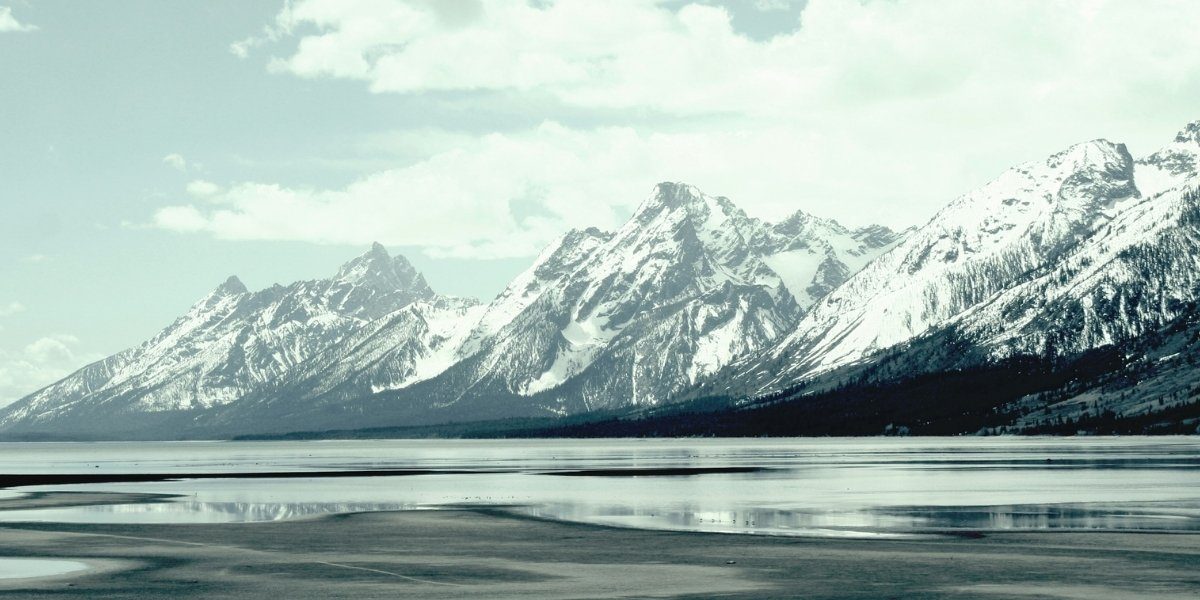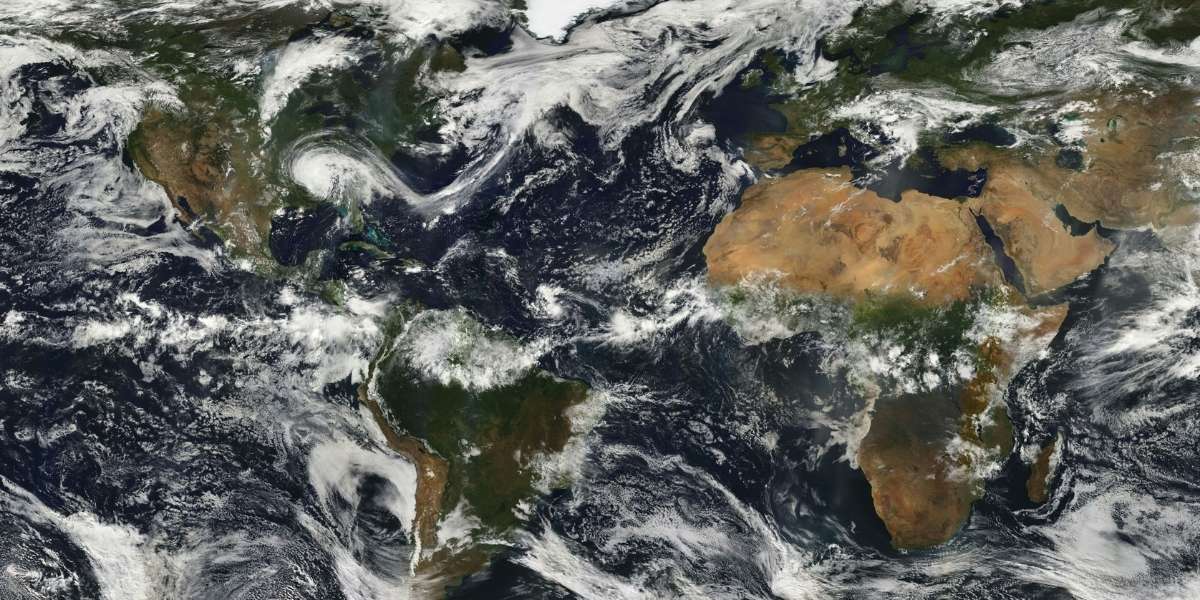Peopling the Americas: Unveiling the Stories of the Earliest Inhabitants of the USA
The history of the first people to inhabit what is now the United States is a complex and evolving story, shaped by archaeological discoveries, genetic research, and oral traditions passed down through generations. Over the years, new evidence has challenged long-held assumptions about when and how humans first arrived in the Americas. This pillar delves into the journey of these early inhabitants, exploring their cultures, adaptations, and the ongoing debate surrounding their arrival. The story of human presence on the continent extends much further back in time than previously believed, with evidence suggesting that these early peoples arrived thousands of years earlier than once thought—potentially over 20,000 years ago.
Read Also: Artificial Intelligence in Everyday Life: How AI is Shaping the Future
Theories of Arrival
One of the most intriguing questions in the study of early American history is how and when the first people arrived on the continent. Multiple theories have been proposed, and the timeline of these migrations is constantly being refined as new evidence emerges.
The Bering Land Bridge Theory
For decades, the most widely accepted theory regarding the peopling of the Americas was the Bering Land Bridge hypothesis. According to this theory, the first humans migrated from Asia into North America by crossing a land bridge known as Beringia. This land bridge emerged during the last Ice Age, when lower sea levels exposed a stretch of land that connected present-day Siberia to Alaska. These migrations likely occurred over 20,000 years ago, as the first groups of humans moved southward through what is now Canada and eventually into the United States.
Alternative Routes and Coastal Migration
However, emerging evidence suggests that there may have been earlier routes for migration. One possibility is that early humans traveled along the Pacific coast, following a route that would have been free of ice, unlike the interior of the continent. Recent discoveries of pre-Clovis sites and genetic evidence support the idea that coastal migration could have occurred earlier, potentially even before the Bering Land Bridge became a viable passage. Some research suggests humans could have arrived in the Americas as early as 24,000 to 30,000 years ago.
Paleo-Indian Cultures
The Paleo-Indian period marks the earliest widespread archaeological culture in North America. These early inhabitants are thought to have lived primarily as hunter-gatherers, relying on megafauna such as mammoths and bison for food. Their presence is largely evidenced through distinctive tools and artifacts, including fluted spear points used in hunting.
The Clovis Culture
The Clovis culture is one of the most well-known Paleo-Indian cultures, recognized for its characteristic Clovis points, which are large, fluted spearheads used for hunting. These tools were crafted with precision and are often found in association with mammoth remains, indicating that the Clovis people were skilled hunters of large game. The Clovis culture is believed to have existed around 13,000 years ago, making it one of the earliest known cultures in North America.
Pre-Clovis Sites
However, evidence from pre-Clovis sites suggests that human populations were in the Americas thousands of years before the Clovis culture emerged. Sites such as Monte Verde in Chile, and Buttermilk Creek in Texas, have provided evidence of human habitation dating back as far as 15,000 to 18,000 years ago. These discoveries challenge the traditional view of the Clovis First model, which held that the Clovis people were the first inhabitants of the continent.
Adaptation to Diverse Environments
The early inhabitants of North America demonstrated remarkable adaptability as they settled into diverse environments across the continent. From ice-age tundras to forested regions, these early peoples developed a wide range of strategies for survival, including specialized tools and hunting techniques.
Hunting and Gathering
Early populations relied heavily on hunting and gathering for food, with hunting megafauna being a significant part of their diet. As the climate warmed and the Holocene era began, the environment of North America began to shift, and these early inhabitants adapted by broadening their food sources. They started to hunt smaller game, fish, and gather wild plants, developing a diverse toolkit to match their changing surroundings.
Development of Specialized Tools
The toolkits of early peoples were tailored to the specific environments they inhabited. For example, bone and antler tools were commonly used for hunting, while ground stone tools were developed for grinding seeds and plants. In addition, some groups created basketry and other items that allowed them to store food and carry supplies, facilitating a more mobile lifestyle.
The Archaic Period
Following the Paleo-Indian period, the Archaic period (roughly 8000 to 1000 BCE) marks a significant cultural transition. During this time, early populations began to develop more regionalized cultures and adopt new technologies.
Regionalization and Technological Changes
The Archaic period saw an increase in the use of ground stone tools, such as mortars and grinders, which were used for processing plant foods. Early peoples also began to focus more on smaller game and a wider variety of plant foods, as large mammals became less abundant. This period is marked by significant innovation, including the development of basketry, fishing tools, and early forms of pottery.
Greater Reliance on Diverse Food Sources
The diet of Archaic peoples became more diverse, with a stronger reliance on wild plants, nuts, seeds, and small game like rabbits and squirrels. Early agricultural practices, such as the cultivation of wild grasses like teosinte (a precursor to maize), also began to emerge, laying the foundation for later agricultural societies.
Early Cultural Innovations
The ingenuity of early American peoples is reflected in the cultural innovations that arose long before the advent of large-scale agriculture.
Complex Social Structures
In some regions, early populations began to develop more complex social structures and communal living arrangements. Evidence from burial sites and ritual objects suggests that some groups had spiritual practices and social hierarchies, with leaders and religious figures guiding communities.
Art and Symbolism
Artwork and symbolic objects from early periods reveal the cognitive and cultural development of these peoples. Rock art, carvings, and personal adornments like beads and pendants indicate the presence of artistic expression and ritualistic behavior in pre-agricultural societies.
Challenging the “Clovis First” Model
The traditional “Clovis First” theory, which posits that the Clovis people were the first to inhabit the Americas, has been increasingly challenged by archaeological evidence suggesting that humans were present in the Americas thousands of years before the Clovis culture emerged.
Key Pre-Clovis Sites
Sites such as Monte Verde in Chile, Cactus Hill in Virginia, and Paisley Caves in Oregon have provided evidence of human habitation that predates the Clovis culture. These sites offer compelling evidence that early humans were already living in the Americas during the late Pleistocene, possibly as far back as 18,000 years ago, long before the Clovis people made their mark.
Connecting to Modern Indigenous Peoples
The descendants of these early inhabitants are the Indigenous peoples of North America, whose cultures and traditions continue to thrive across the continent. The history of the first people to inhabit North America is a story that stretches back thousands of years, and their descendants are key contributors to modern-day society.
Respecting Indigenous Histories and Sovereignty
Understanding the deep history of Indigenous peoples is crucial for recognizing their continued sovereignty, cultural richness, and contributions to society. Their histories extend far beyond the arrival of Europeans and continue to be an integral part of the fabric of North America.
Read Also: Why Gold Still Holds Value in a Changing Economy
The story of the first peoples to inhabit the Americas is a complex and rich narrative that is still being uncovered through archaeological discoveries, genetic research, and the oral histories of Indigenous communities. From the early migrations over the Bering Land Bridge to the cultural innovations of the Archaic period, the history of these early inhabitants provides valuable insights into the adaptability, resilience, and creativity of the first Americans. Understanding their history is essential for respecting and honoring the Indigenous peoples who continue to shape the continent today.








